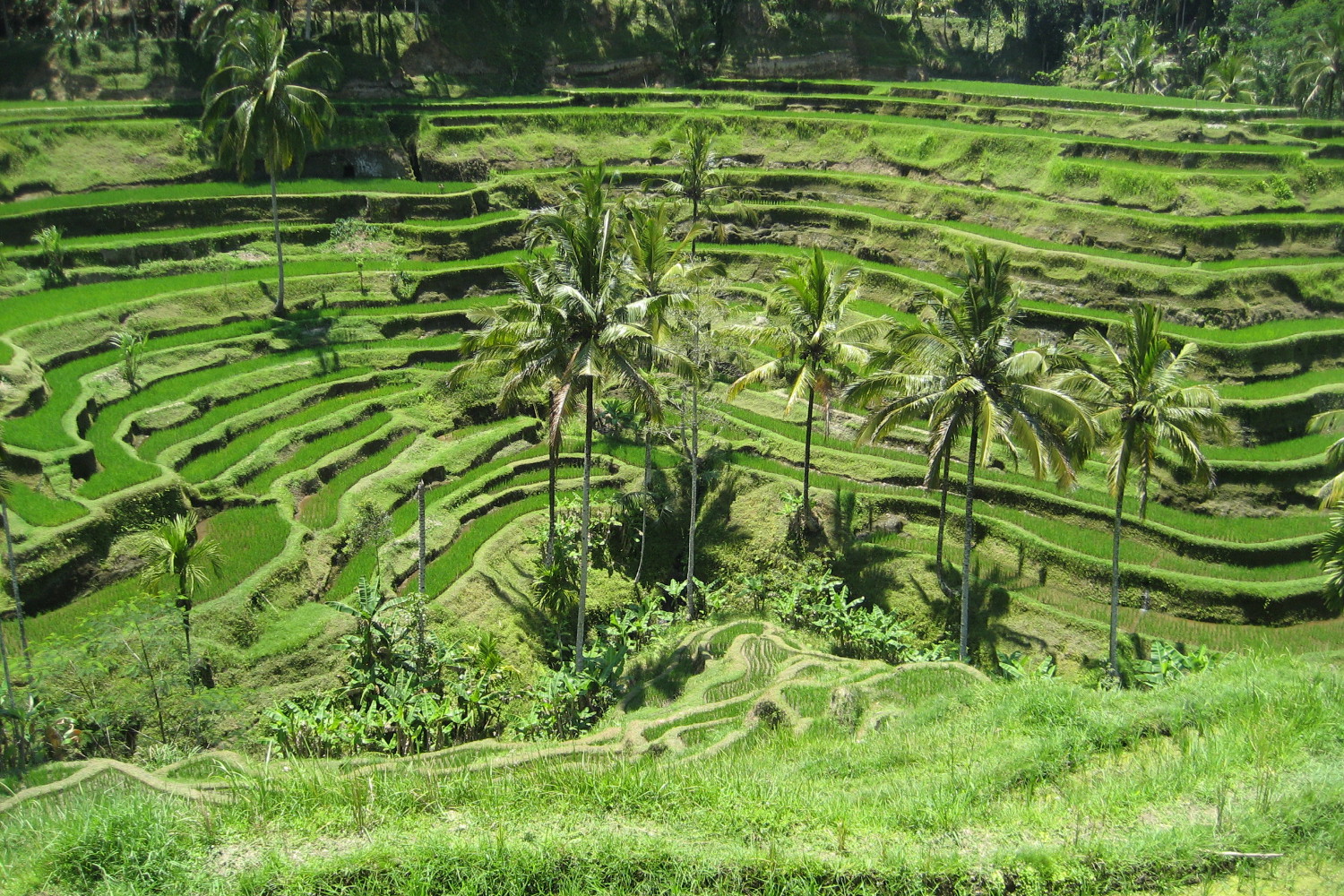
Indonesia Etc, by Elizabeth Pisani (2014)
In one of the best and most readable travel narratives on Indonesia, Pisani covers over 42,000km in one year as she tries to make sense of this vast archipelago with its 360+ different ethnic groups, 700-odd spoken languages and islands from large and populous to tiny and forgotten. She writes with poise, wit and brilliance as she draws on her 25 years living in the nation and enjoys the literal trip of a lifetime.
A Brief History of Indonesia, by Tim Hannigan (2015)
The subtitle says it all: 'Sultans, Spices, and Tsunamis: The Incredible Story of Southeast Asia's Largest Nation'. Indonesia expert Hannigan offers a highly readable and entertaining narrative that highlights the many personalities who have shaped the nation – and our perception of it. English pirates, Indian mystics, Chinese pilgrims, American surfers, Dutch spice barons join a cavalcade of Javanese royals, Balinese dancers and more.
This Earth of Mankind, by Pramoedya Ananta Toer (1980)
A canvas of Indonesia under Dutch rule by one of Indonesia's most acclaimed authors was one of four books in what's known as the Buru Quartet. A tireless campaigner for free expression and human rights, Pramoedya (1925–2006) wrote the works while a political prisoner of the Suharto regime from 1969 to 1979. The central character, Minke, battles colonial strictures and finds transformative love in 19th-century Java.
Stranger in the Forest, by Eric Hansen (1988)
This young and naive American was possibly the first nonlocal to walk across Borneo, the large tropical island that includes the orangutan-populated Indonesian territory of Kalimantan. Hansen's endearingly humble account of his 2400km trek through deep rainforest reads as fresh now as when he wrote it. With shockingly little preparation, he sets out on an incredible trek where his survival depends on the kindness, generosity and trust of the local tribes he encounters on the way.
Paradise Guest House, by Ellen Sussman (2013)
A favourite of book clubs, this moving novel starts with one woman’s trip to Bali where she is caught up in the 2002 bombings. In the years that follow she searches to make sense of this horror and her own life. Immersed in the island's unique and spiritual culture, she looks for redemption in love and a place to call home.
Krakatoa – The Day the World Exploded, by Simon Winchester (2003)
Boom! The much-acclaimed author melds history, geology and politics, all centred on the 1883 eruption of Krakatoa (aka Krakatau), one of the world's biggest bangs. Its effects were global: the sound was heard in Australia and India, and tsunamis rocked ships as far away as South Africa. Winchester's account is a fast, insightful and entertaining read.
Island of Bali, by Miguel Covarrubias (1937)
The classic work about Bali and its civilisation remains stunningly relevant today. Despite the enormous and on-going changes to the island, its people hold true to their magical traditions and culture. One of the most readable books about Bali, Covarrubias draws on his life as an artist and caricaturist to paint pictures of the Balinese with words.
Eat, Pray, Love, by Elizabeth Gilbert (2007)
Hate it or love it, this bestseller lures believers to Bali every year. Although the movie flopped and the narrative doesn't always ring true, the book remains an inspiration to travellers the world over hoping to find something more meaningful than a suntan and a cheap souvenir on their trip to the island.
The Year of Living Dangerously, by Christopher J. Koch (1978)
A harrowing tale of a journalist in Sukarno's Indonesia of 1965, written by one of Australia's best novelists. Many have seen the movie with a young Mel Gibson, Sigourney Weaver and Linda Hunt. The book is more harrowing, however, and captures the violence and political upheaval in Jakarta during the Suharto revolution. The slaughters of this era are documented in the Oscar-nominated documentary The Act of Killing (2012).
Throwim Way Leg, by Tim Flannery (1998)
A must for trekking inspiration. The author, a renowned Australian scientist and climate change activist, recounts his scientific expeditions to the mysterious and exotic province of Papua. He discovers new species amidst Indiana Jones-style adventures, although these are all true! (The book's title refers to the phrase local tribespeople use when setting off on a hike.)
Lost in Shangri-La: A True Story of Survival, Adventure, and the Most Incredible Rescue Mission of World War II, by Mitchell Zuckoff (2011)
In 1945, with victory in the Pacific just a few months off, a US bomber took off carrying 24 men and women for a sightseeing flight around what was then called Dutch New Guinea (today's Papua). However the plane crashed deep in the jungle and the three survivors began a harrowing odyssey amidst the head-hunting and warring Dani people. Zuckoff details daring rescue missions, shattered cultural assumptions and simple human comedy in this story of survival.